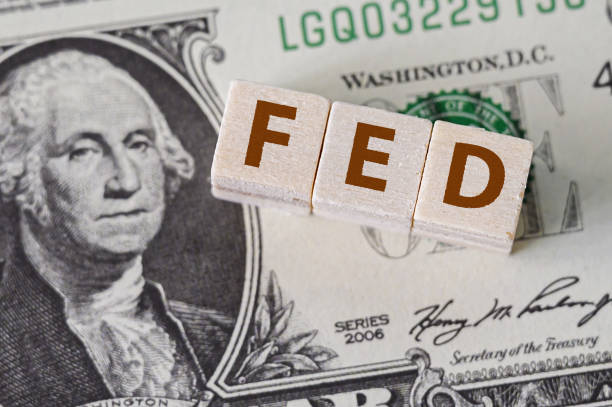Wall Street Banks Clash with Crypto Firms: The Genius Act Leaves a Loophole for Interest-Bearing Stablecoins

TradingKey - As stablecoins enter the “interest-bearing era,” holders are excited to transition from “non-interest-bearing depositors” to beneficiaries sharing in the yield from underlying assets. Stablecoin issuers and crypto exchanges welcome this regulatory development, but traditional Wall Street banks are pushing back.
According to the Financial Times, last week, banking lobbying groups — including the American Bankers Association, the Bank Policy Institute, and the Consumer Bankers Association — warned lawmakers of a “regulatory loophole” in the recently passed stablecoin legislation: cryptocurrency exchanges are using the loophole to pay interest to stablecoin holders, a move that could trigger trillions of dollars in deposit outflows from traditional banks.
In the past, stablecoin holders did not share in the interest income generated by the underlying assets — a benefit that was largely reserved for the issuers. Issuers effectively obtained U.S. dollar funding from crypto users at near-zero cost, then invested the funds in Treasury bonds, real-world assets (RWA), or on-chain yield-generating projects, without passing the returns on to users.
In essence, interest-bearing stablecoins represent a “money-making-money” yield strategy, fueling a multi-trillion-dollar sector that includes:
- RWA-backed projects: Ethena Labs, BUIDL, Ondo Finance
- Basis trading models: Stables Labs, YieldFi
- Lending-supported platforms: Sky, Curve, Aave
- Hybrid yield sources: Mixed-income projects
Under the Genius Act, passed by the U.S. Congress in July to regulate the $288 billion global stablecoin market, stablecoin issuers are prohibited from paying interest or yield to customers.
Traditional banks planning to issue their own stablecoins will be bound by this rule. However, crypto exchanges can still indirectly offer interest and rewards to holders of third-party-issued stablecoins — such as USDC from Circle or USDT from Tether.
The banking industry warns that if customers choose to deposit stablecoins on crypto exchanges to earn yield, rather than keeping cash or deposits in traditional banks, it could create an uneven playing field and lead to massive capital outflows from the banking system.
A April report from the U.S. Treasury Department estimated that stablecoins could potentially drain $6.6 trillion in deposits from banks — a figure that depends heavily on whether stablecoins are allowed to offer yield.
Banking representatives warn that the risk of deposit flight is even greater during times of stress, which could undermine credit creation across the economy. This, in turn, could push up market interest rates, reduce lending, and increase costs for financial institutions and households.
The Financial Times notes that this highlights the growing tension between traditional Wall Street players and the White House-backed, rapidly expanding crypto industry.
Crypto firms counter that banks’ attempts to block exchanges from paying interest to stablecoin holders are anti-competitive.
They argue that banks are trying to create a non-competitive environment for payment stablecoins, protecting their own interests at the expense of broader industry growth, competition, and consumer choice.







